The story of earth architecture continues to be told through structures that have stood the test of time. Earth construction techniques have been pioneered by many ancient civilizations. What appears to be a feeble structure made of raw earth is actually very durable. Earth architecture is considered one of the first methods developed by humans to create shelters. At present, around one-third of the world’s population lives in a form of earth structure made of adobe masonry, rammed earth, or cob. These structures have sustained themselves through earthquakes, hurricanes, and extreme weather events across the world.
 While methods of construction and forms of architecture vary across geographical locations, the scientific principles behind resilience are shared. A sample of raw earth can contain an assortment of shapes and sizes of minerals depending on the region it is found in. An earth wall is solid and sturdy due to its extreme density of particles closely packed with as few gaps between them as possible. Even a small void within the wall could become a potential breaking point. In the mixture, each particle is positioned to ensure homogeneity and even consistency. The resulting configuration ensures that built walls are sturdy and can support their own weight.
While methods of construction and forms of architecture vary across geographical locations, the scientific principles behind resilience are shared. A sample of raw earth can contain an assortment of shapes and sizes of minerals depending on the region it is found in. An earth wall is solid and sturdy due to its extreme density of particles closely packed with as few gaps between them as possible. Even a small void within the wall could become a potential breaking point. In the mixture, each particle is positioned to ensure homogeneity and even consistency. The resulting configuration ensures that built walls are sturdy and can support their own weight.
 The roughness of the particles in earthen material plays an important role in building robust and resilient structures. When these rough surfaces rub against each other within the material mixture, friction is created. Frictional force prevents the particles from rolling away from each other, which would cause the wall to crumble.
The roughness of the particles in earthen material plays an important role in building robust and resilient structures. When these rough surfaces rub against each other within the material mixture, friction is created. Frictional force prevents the particles from rolling away from each other, which would cause the wall to crumble.
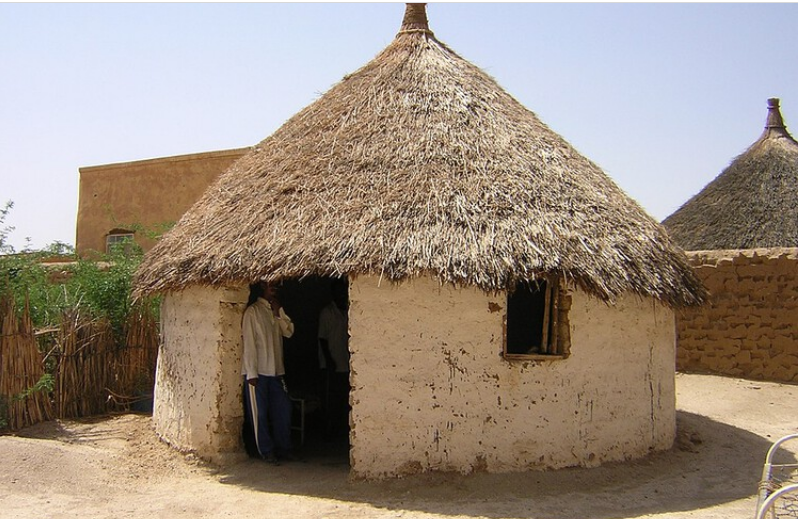 Cohesive forces – the force that keeps particles closely bonded to each other – also significantly affect the strength of earth architecture. Cohesion causes attraction between material particles and thereby intensifies frictional force. Cohesion ensures that the building is able to withstand external forces like tensile and compressive stress.
Cohesive forces – the force that keeps particles closely bonded to each other – also significantly affect the strength of earth architecture. Cohesion causes attraction between material particles and thereby intensifies frictional force. Cohesion ensures that the building is able to withstand external forces like tensile and compressive stress.
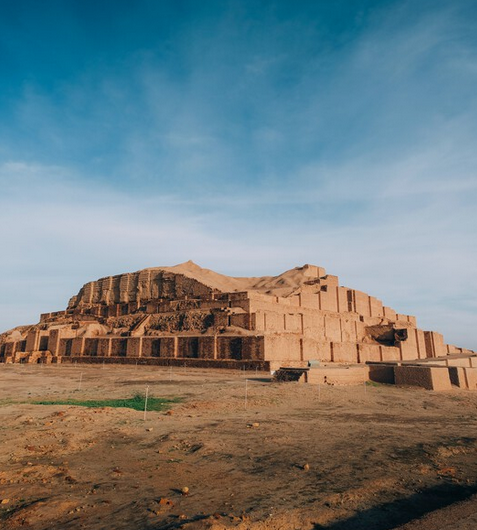 In the presence of moisture, earth particles are better bound to each other. Water condenses in the narrow spaces between particles, adhering the material mixture together. As water spreads over the surface of the mixture surface tension is created, attracting the particles to each other. This form of cohesion is called capillary cohesion. The degree of capillary cohesion in a material mixture depends on the relative humidity of the air and the amount of water added to the mix.
In the presence of moisture, earth particles are better bound to each other. Water condenses in the narrow spaces between particles, adhering the material mixture together. As water spreads over the surface of the mixture surface tension is created, attracting the particles to each other. This form of cohesion is called capillary cohesion. The degree of capillary cohesion in a material mixture depends on the relative humidity of the air and the amount of water added to the mix.
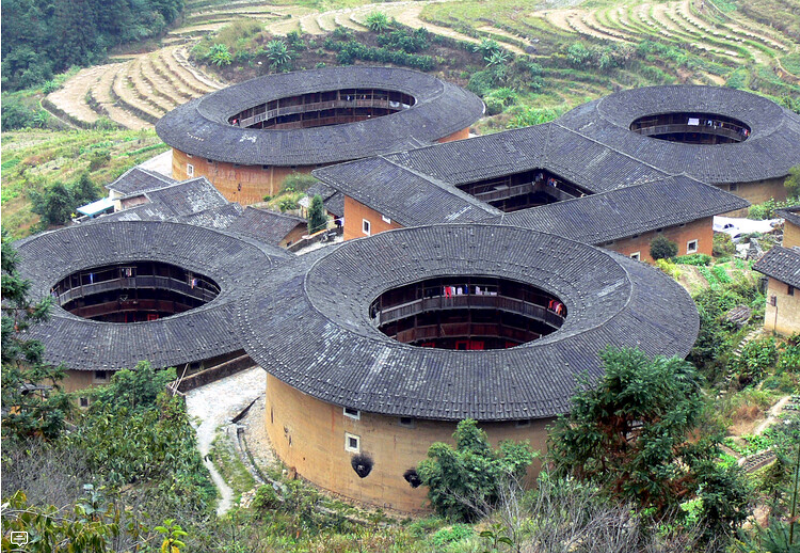 In the presence of atmospheric humidity, the forces of attraction between particles are strengthened. This property allows earth architecture to adapt to changing weather conditions. A rammed earth wall that can resist extreme humidity will become sturdier in very dry conditions.
In the presence of atmospheric humidity, the forces of attraction between particles are strengthened. This property allows earth architecture to adapt to changing weather conditions. A rammed earth wall that can resist extreme humidity will become sturdier in very dry conditions.
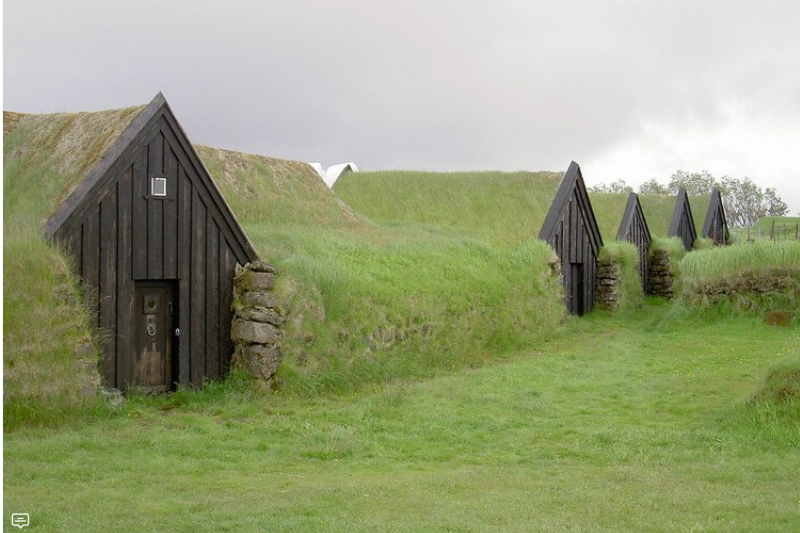 With its roots in ancient civilizations across the world, earth construction is progressing as a sustainable and economic alternative to industrial building materials. The principles that guide construction can inspire innovation to propagate the widespread use of this building material. With climate change on architects’ minds, a shift to a “new materials economy” is critical in order to build ecologically sustainable environments. Earth architecture can lead the way to climate resilience.
With its roots in ancient civilizations across the world, earth construction is progressing as a sustainable and economic alternative to industrial building materials. The principles that guide construction can inspire innovation to propagate the widespread use of this building material. With climate change on architects’ minds, a shift to a “new materials economy” is critical in order to build ecologically sustainable environments. Earth architecture can lead the way to climate resilience.
You can read the original article at www.archdaily.com

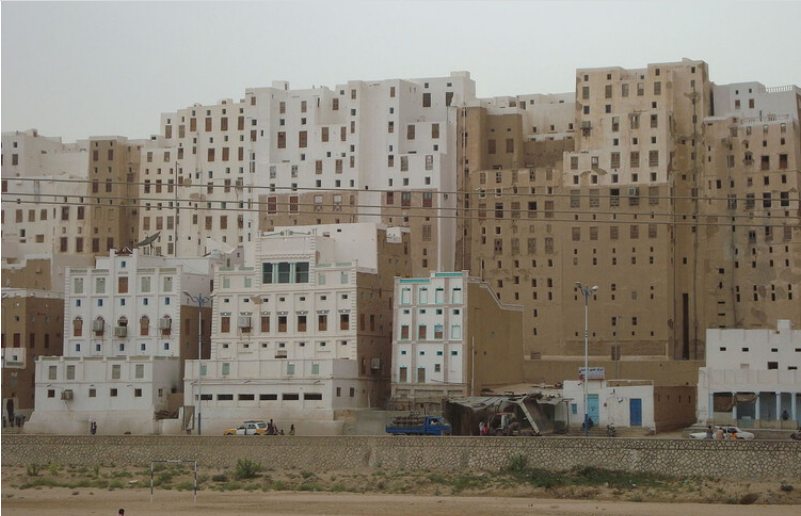
Greg wrote that, “I believe the particles interlock vs create friction.”
I think that he might be right. The role of clay in the mix is not really addressed, and this is what interlocks the material.